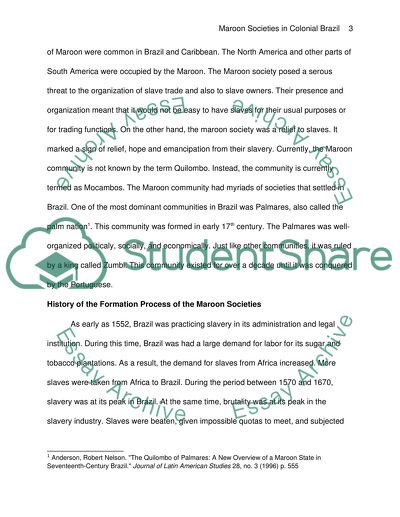Cite this document
(“Maroon Societies in Colonial Brazil Research Paper”, n.d.)
Retrieved from https://studentshare.org/history/1402318-maroon-societies-in-colonial-brazil
Retrieved from https://studentshare.org/history/1402318-maroon-societies-in-colonial-brazil
(Maroon Societies in Colonial Brazil Research Paper)
https://studentshare.org/history/1402318-maroon-societies-in-colonial-brazil.
https://studentshare.org/history/1402318-maroon-societies-in-colonial-brazil.
“Maroon Societies in Colonial Brazil Research Paper”, n.d. https://studentshare.org/history/1402318-maroon-societies-in-colonial-brazil.


